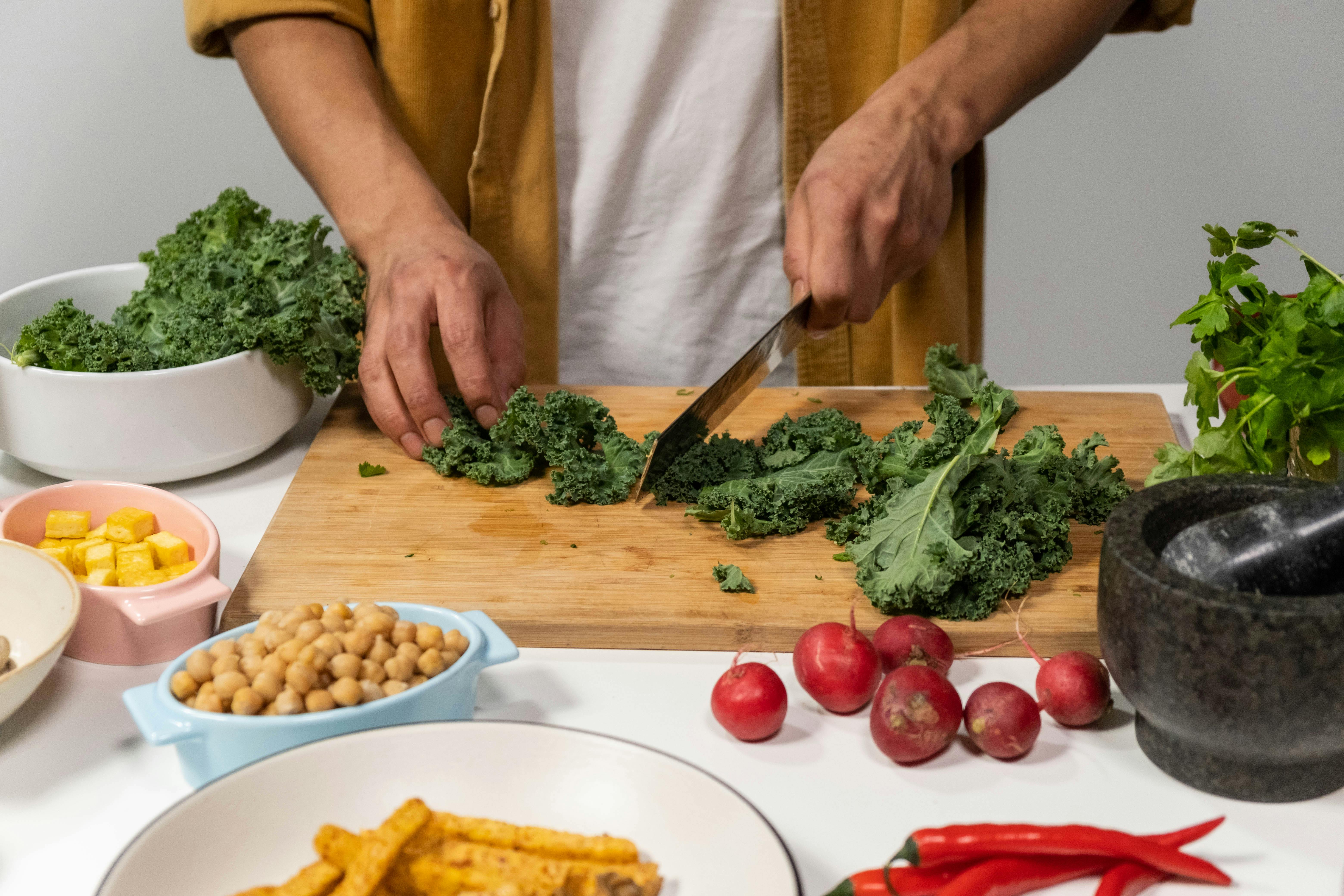The cabinet, as we think of it today, is a relatively recent addition to most home designs. In its most basic form, a cabinet is a built-in storage device that is attached to the wall or floor. Cabinet styles vary in size and function, but most homes have cabinets installed in both the kitchen and bathroom (bedrooms, living rooms, and other areas of the home may also have cabinets, but they are not used as often). such as shelving systems). Although recent trends have promoted cabinet doors without knobs, there has been a resurgence in the popularity of installing knobs (and pulls) to make opening and closing cabinets easier.
A cabinet knob serves the basic function of allowing a door to be opened and closed with ease. Depending on the style of the door, this may be a necessity or simply an option. Doors that close flush with the frame require a knob to be opened, while doors that close on the frame can be opened without the aid of a knob, but can be time consuming or difficult to do. A knob provides an easy solution to these problems.
Cabinet knobs are available in a variety of sizes and materials that can easily blend in with your current decorating scheme. It is important to choose a size that is appropriate for the project because a knob that is too small will look awkward and may not provide enough grip for someone to open the door. A knob that is too large can look bulky and create an unattractive focal point in the room and stand out against cabinets. For most standard cabinets, a knob between 1 1/4 inches and 1 3/4 inches tends to work best. Smaller cabinets or doors may use knobs that are 1 1/4 inches or less. Knobs that are longer than 1 3/4 inches are best reserved for large cabinets and doors or larger furniture. To put it in perspective, many doorknobs are 2 inches or more and a doorknob has no place in a cabinet.
Installing new cabinet knobs is a simple process and can be easily done with little to no experience. Depending on the style of the knob, you can use a simple bolt and nut or a smaller bolt that will screw into the knob from the inside of the door. Depending on the thickness of the cabinet door, the bolts (sometimes called screws) may need to be trimmed so they do not protrude from the cabinet. This can be done at home with a bolt cutter or even a regular hacksaw (be careful to protect the bolt threads with a nut before cutting).
Knobs are a wonderful way to get creative in a room and use a wide range of materials to create or enhance an existing theme. Glass is always a wonderful choice because it is available in a wide variety of colors and patterns. Pewter offers a flexibility of patterns that can range from simple to whimsical. Solid brass or iron knobs offer extreme durability and can often be cast with extremely detailed designs and can also be finished in a variety of colors. Try looking up existing themes for inspiration as to what style of knob would work best in your home.
Choosing new cabinet hardware should be a fun process that improves the look of your room and provides better function for your cabinets or drawers. Try to choose a style that reflects your unique personality, and remember to consider the size of the knob before making a purchase. Many knobs are measured at their widest point (not necessarily at the front of the knob), so if you’re trying to match existing cabinet hardware, remember that not all knobs are measured the same. The best option is to replace all existing knobs and not try to match an antique to a reproduction; the chances that they won’t match are much higher than the chances that they will.




Recent Comments